CODA
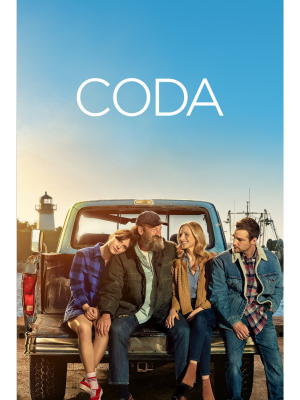
2021, Drama, PG-13, 1h 51m
Table of Contents
What Is CODA About?
A daughter, the sole hearing member of a deaf family, grapples with choosing between music school and saving their business.
Why You Should Watch CODA
CODA, directed by Sian Heder, is a deeply moving film that explores the life of Ruby Rossi, a hearing daughter in a deaf family. Set in the fishing town of Gloucester, Massachusetts, the film authentically portrays the daily struggles and triumphs of the Rossi family, making it a standout in the family drama genre.
Emilia Jones delivers a compelling performance as Ruby, bringing a depth of emotion and nuance to her role. Her portrayal captures the complex dynamics of Ruby’s life with great sensitivity. The chemistry among the cast, which includes Oscar-winner Marlee Matlin, Troy Kotsur, and Daniel Durant as Ruby’s family, adds depth and authenticity to the story.
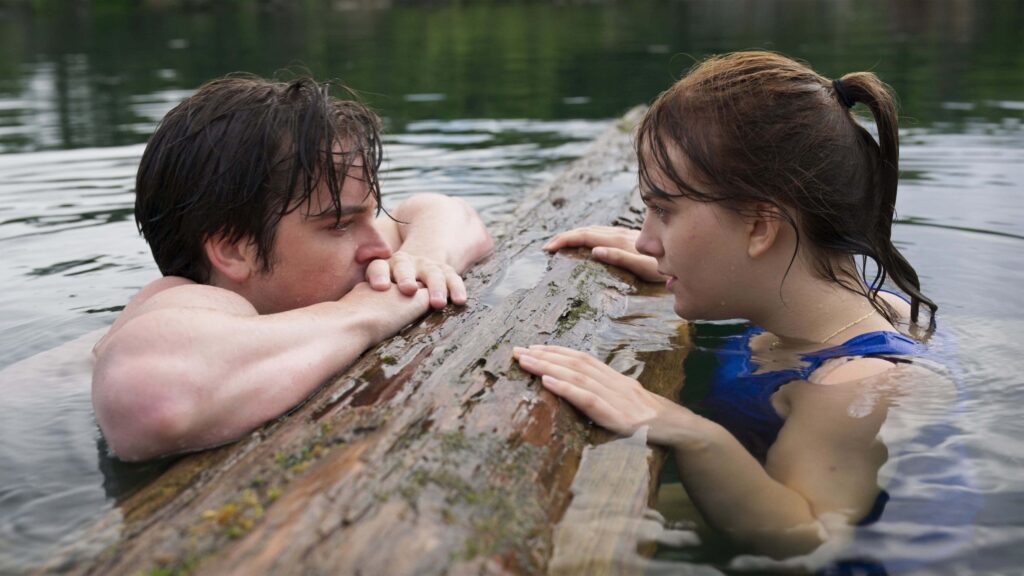
Sian Heder’s direction skillfully balances the personal and communal aspects of Ruby’s life. The narrative, both intimate and universal, allows viewers to deeply connect with each character’s journey. The film progresses at a gentle pace, drawing viewers into the Rossi family’s world and making every moment of joy, tension, and resolution feel deeply impactful.
What sets CODA apart is its ability to address the specific experiences of the deaf community without making it the sole focus of the film. It presents the characters’ deafness as one aspect of their full lives, which includes love, humor, and dreams, thus avoiding the common pitfall of reducing them to mere symbols of disability.
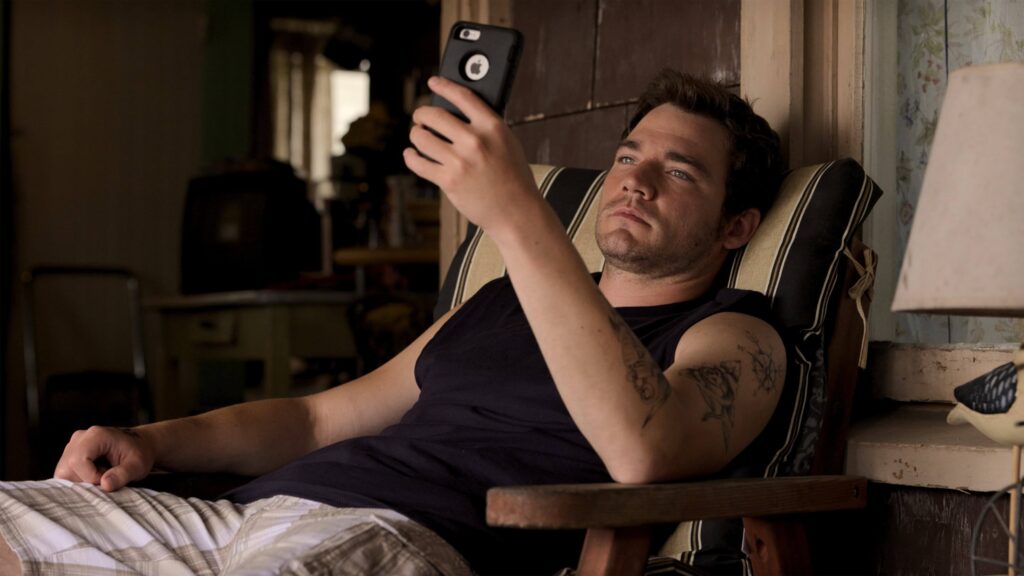
The film is emotionally engaging, celebrating individuality and family bonds while realistically addressing the challenges faced by deaf individuals. It portrays the frustrations and misunderstandings in a mixed-ability household yet remains hopeful and resilient, making it a truly uplifting story.
The Theme of CODA
CODA, a film that stands out for its heartfelt portrayal of a mixed-ability family, delves deeply into several resonant themes. At its core, the film explores the dynamics of a deaf family with a hearing child, Ruby, who navigates the conflicting worlds of her family’s expectations and her own aspirations. This dichotomy introduces the primary theme of identity and belonging, as Ruby struggles to honor her family’s culture while pursuing her passion for singing—a pursuit that is inherently alien to them.
The theme of cultural intersection is vividly portrayed through the Rossi family’s interactions with the hearing world. The film shows the challenges that the deaf community faces, such as social isolation, communication barriers, and economic hardships, particularly in industries that do not accommodate their needs. It also touches on the lack of understanding and prejudice from the hearing people, which compounds the family’s struggles. Through these experiences, “CODA” highlights the need for greater inclusivity and empathy in integrating deaf individuals into mainstream society.
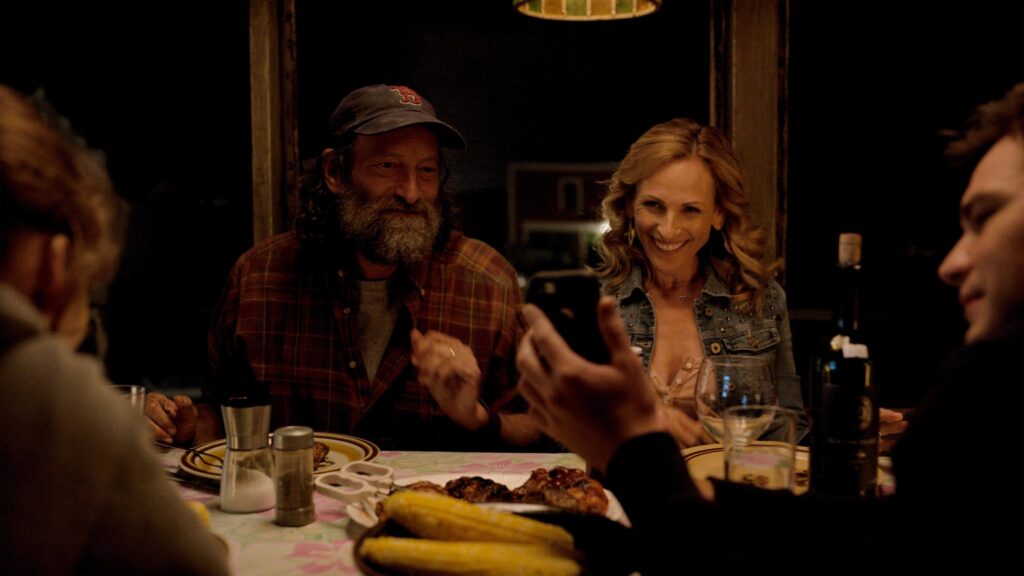
Family is another central theme in “CODA.” The film intricately portrays the familial bonds, with each member deeply dependent on one another, yet it also showcases the tensions that arise from these dependencies. Ruby’s role as the interpreter for her family places a burden on her young shoulders, illustrating the complex roles children in mixed-ability families often must assume. Her journey reflects a universal dilemma—balancing personal dreams with familial responsibilities, a theme that resonates with many viewers.
The power of communication is explored not just through spoken and signed language but also through music. Music becomes Ruby’s voice, a medium through which she expresses herself in ways words cannot. It bridges her inner world with the outer world and becomes a metaphorical “third language” that transcends the spoken and signed ones. The film uses music to comment on the power of non-verbal communication—whether through signs or songs—as a profound form of expression and connection.
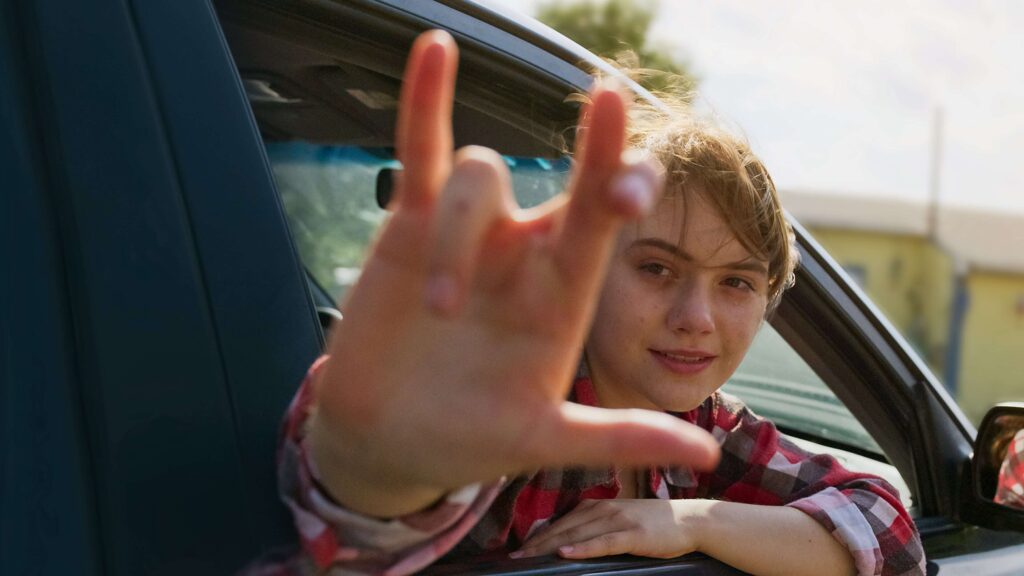
Lastly, CODA addresses the theme of self-discovery and empowerment. Ruby’s journey is not just about choosing between her family and her music; it’s about integrating her worlds and reshaping her identity. Her evolution from a timid schoolgirl to a confident young woman, who advocates for herself and her family in both the deaf and hearing communities, is a powerful depiction of personal growth. Her decision to pursue music, therefore, is portrayed not as a rejection of her family but as an embrace of her complete self, including her cultural and familial heritage.
The Cinematography of CODA
The cinematography of CODA, led by Paula Huidobro, greatly enhances the film by drawing viewers deeply into the world of its characters. Filmed in the rustic town of Gloucester, Massachusetts, the setting underscores themes of identity and belonging. Huidobro’s naturalistic lighting and thoughtful camera work highlight the authenticity of this fishing town and subtly emphasize the isolation of Ruby, the hearing daughter in a deaf family. She lives between two worlds—her family’s and the outside world.
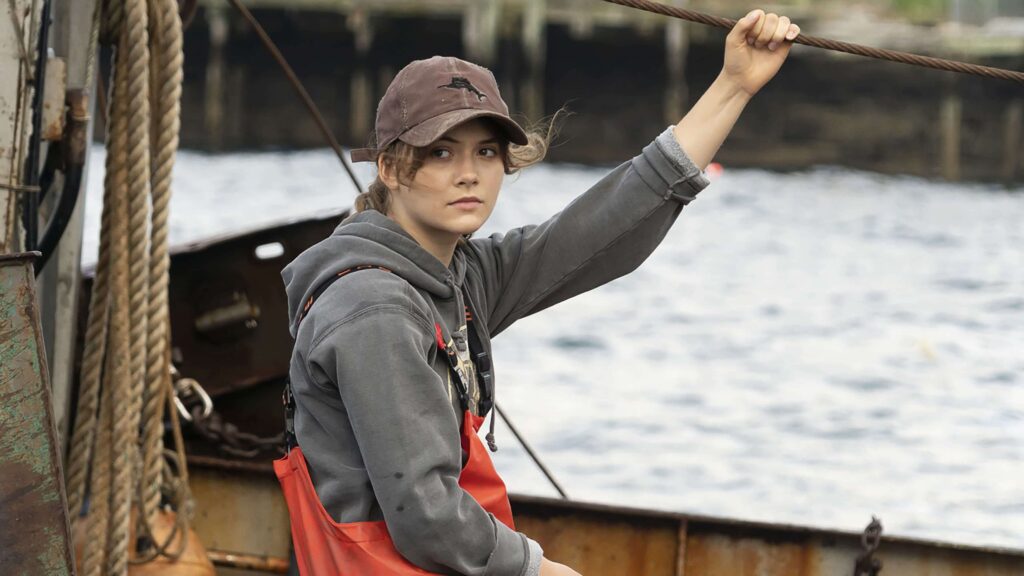
Huidobro uses wide shots to show Ruby’s family interactions, often placing her on the edges, reflecting her unique position between the deaf and hearing worlds. Close-ups capture intimate details like facial expressions and hand movements essential in sign language, bringing out the deep emotions in these scenes. These close-ups are especially touching during Ruby’s singing and her interactions with her choir teacher, emphasizing her expressions which convey emotions her family cannot hear.
The film also uses color and space to symbolize Ruby’s internal journey. The cool tones of the fishing scenes contrast with the warm, bright hues of the school scenes, mirroring Ruby’s shift from family duties to personal dreams. The camera dynamically follows the music in Ruby’s singing scenes, mirroring her emotions, while static shots in key moments focus the audience on important interactions and decisions.
The Soundtrack of CODA
The soundtrack of CODA plays a crucial role in conveying the film’s emotional depth and Ruby’s inner world. It is expertly curated to enhance the narrative arcs and character development, particularly emphasizing Ruby’s musical journey and the divide between her auditory experiences and her family’s world of silence. Marius de Vries, the music supervisor, creates a poignant auditory landscape that bridges the gap between Ruby’s aspirations and her familial obligations. The use of both diegetic and non-diegetic music allows audiences to feel Ruby’s passion for singing and the complexity of engaging in a music-driven life while being rooted in a deaf community.
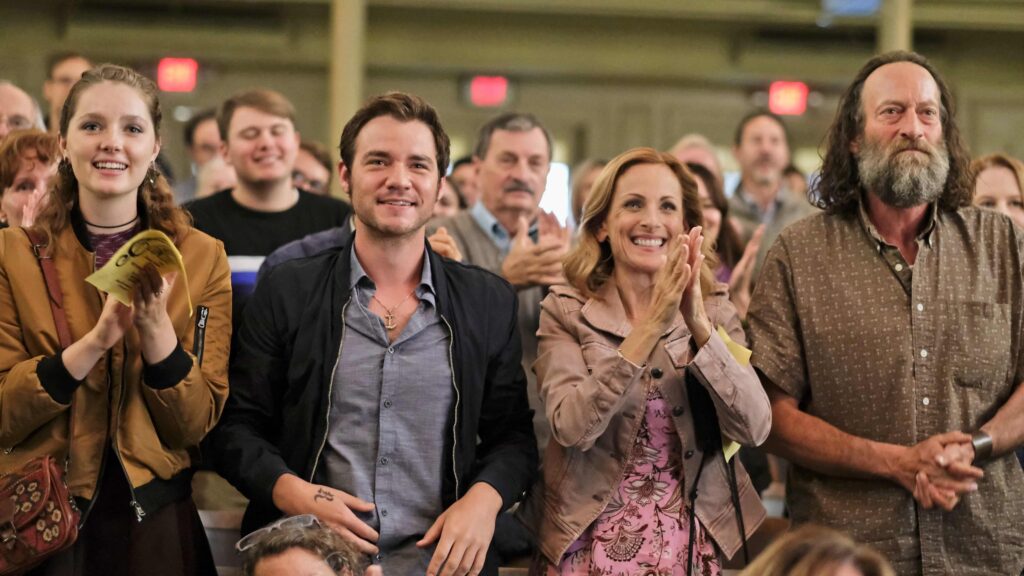
The soundtrack features a mix of classical choir pieces and contemporary songs, reflecting Ruby’s evolution and the generational divide within her family. Notably, the film includes powerful scenes paired with soul-stirring tracks that highlight key emotional moments, such as Ruby’s heartfelt solo performances. Songs like “You’re All I Need to Get By” by Marvin Gaye and Tammi Terrell, and “Both Sides Now” by Joni Mitchell, are not only performances but pivotal narrative tools that deepen the viewer’s connection to Ruby’s experiences. These tracks, along with the thoughtful score, underscore the themes of identity, belonging, and the power of voice, both literally and metaphorically.
Listen to the soundtrack below.
The Cast of CODA
- Emilia Jones as Ruby Rossi – A hearing child born into a deaf family. She struggles with her dual identity as a member of her deaf family and her own musical aspirations, which are unknown to deaf culture.
- Marlee Matlin as Jackie Rossi – Ruby’s mother. She is deaf and often relies on Ruby for communicating with the outside world, which sometimes puts a strain on their relationship.
- Troy Kotsur as Frank Rossi – Ruby’s father. He is also deaf and runs a fishing boat.
- Daniel Durant as Leo Rossi – Ruby’s older brother, who is also deaf. He works with their father on the family’s fishing boat and struggles with his own feelings of being overlooked in favor of Ruby.
- Ferdia Walsh-Peelo as Miles – Miles is Ruby’s duet partner and romantic interest.
- Eugenio Derbez as Bernardo Villalobos – Ruby’s choir teacher who encourages her singing talent.
The Filmmakers of CODA
- Sian Heder – Director and Screenwriter
- Philippe Rousselet – Producer
- Fabrice Gianfermi – Producer
- Patrick Wachsberger – Producer
- Jérôme Seydoux – Producer
- Paula Huidobro – Cinematographer
- Nick Baxter – Editor
- Marius de Vries – Music Supervisor

Haddock Francaise

Inspiration
Rossi Family’s Fishing Business
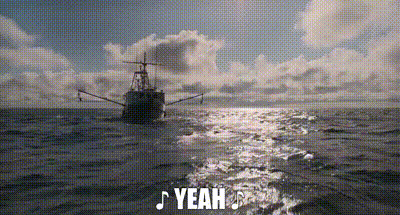
More About CODA
CODA was filmed primarily in Gloucester, Massachusetts, capturing the essence of its rich maritime heritage which underscores the movie’s backdrop. Gloucester, America’s oldest seaport, provided the perfect setting for the film’s fishing industry storyline, imbuing the film with authentic New England charm and a palpable sense of community.
The choice of Gloucester was pivotal, not only for its scenic vistas but also for its symbolic resonance with the story. CODA stands for Child of Deaf Adults, and the film intimately explores the dynamics within a family where the teenage daughter, Ruby, is the only hearing member. The family’s fishing business, which forms a central plot element, benefited from Gloucester’s longstanding fishing culture, lending credibility and a grounded sense of place to the narrative.
Throughout the filming, local landmarks such as the iconic waterfront and the community’s fishing docks become focal points that beautifully frame the Rossi family’s struggles and aspirations. The director, Sian Heder, utilized the locale to enhance the film’s aesthetic appeal while remaining true to the socio-economic and cultural contexts the film seeks to portray.

CODA is not based on a true story; it is a fictional narrative. However, the film is a remake of the French film “La Famille Bélier,” where the protagonist is also the only hearing member of a deaf family and faces similar challenges. CODA adapts this premise to an American setting and focuses on the unique dynamics and emotional journeys within a family involved in the fishing industry. While the plot is not based on actual events, the experiences depicted regarding Deaf culture and the challenges faced by CODAs (Children of Deaf Adults) are grounded in real-world issues and sensitively portrayed, reflecting authentic experiences from the Deaf community.

